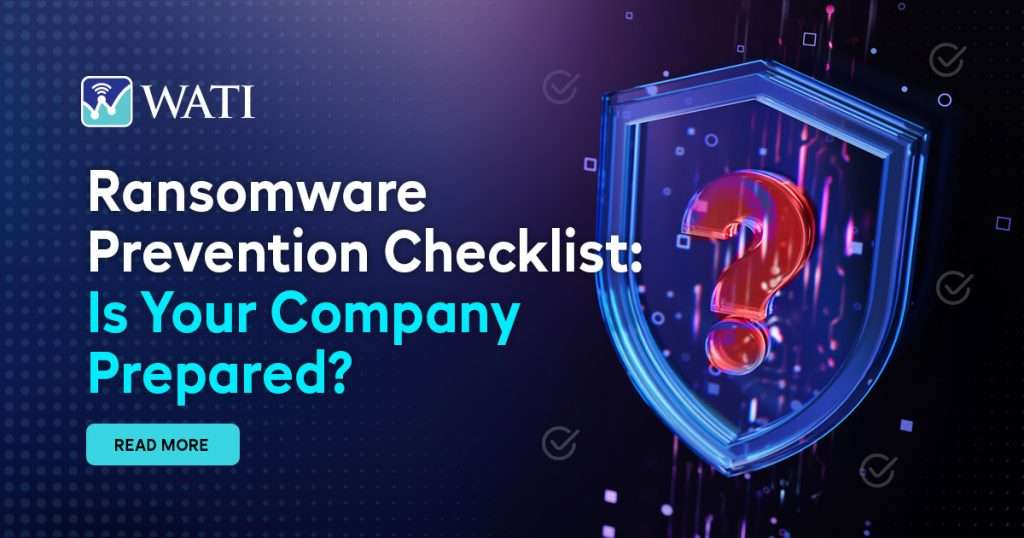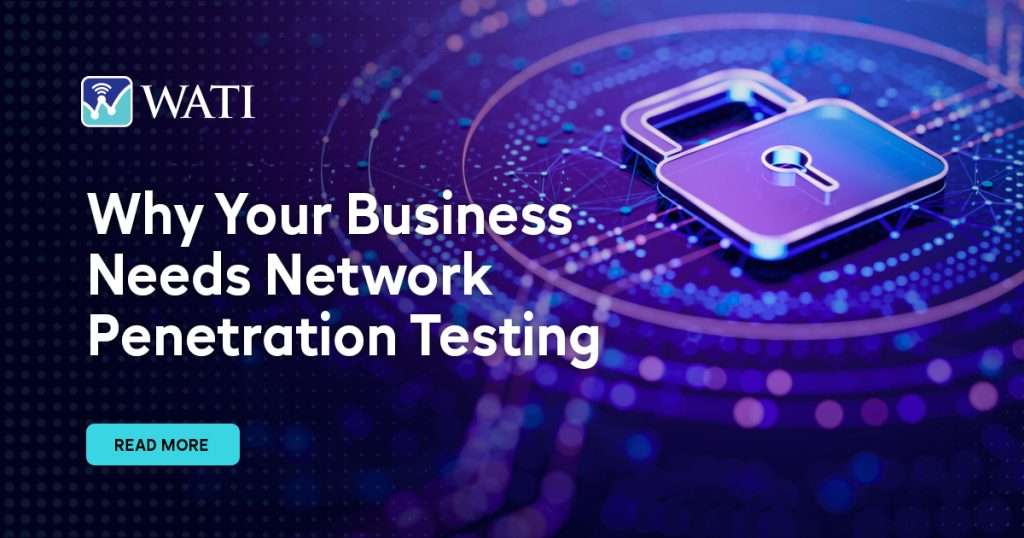As cyber threats evolve in complexity and scale, organizations must adopt proactive measures to safeguard their systems. Traditional security solutions, such as firewalls and antivirus programs, while necessary, are not enough to protect against sophisticated adversaries. To effectively combat these threats, organizations need a proactive and dynamic approach to cybersecurity. Red Teaming as a Service (RTaaS) provides just that – by simulating realistic attacks and continuously testing your security infrastructure, RTaaS helps uncover weaknesses before they can be exploited. This innovative service offers a comprehensive and cost-effective solution to ensure your defenses are always one step ahead of potential adversaries.
What is Red Teaming as a Service (RTaaS)?
Red Teaming, traditionally, involves a group of ethical hackers simulating cyberattacks to test the resilience of an organization’s defenses. These “red teams” employ the same techniques that real-world attackers use, including phishing, social engineering, network exploitation, and privilege escalation. Their goal is to bypass security measures and exploit weaknesses, offering valuable insights into an organization’s vulnerabilities.
Red Teaming as a Service (RTaaS) takes this concept a step further by offering it as a subscription-based service. Instead of one-off engagements, RTaaS provides continuous monitoring, testing, and assessments, allowing businesses to stay ahead of emerging threats. Cybersecurity service providers manage the process, tailoring it to an organization’s specific needs and risk profile.
Why Red Teaming as a Service is Cost-Effective
One of the primary benefits of RTaaS is its cost-effectiveness. Cybersecurity can be an expensive endeavor, especially for small and medium-sized businesses. Traditional Red Teaming engagements often require significant investments in terms of hiring external consultants, scheduling engagements, and analyzing reports. RTaaS, however, offers a more affordable, subscription-based model that spreads the cost over time while providing ongoing assessments and protection.
Here are some of the key reasons why RTaaS is a cost-effective solution:
- Scalable to Business Needs: Unlike traditional engagements, which can be costly due to their one-off nature, RTaaS allows organizations to scale their security testing based on current needs and budget constraints. As your business grows or as new threats emerge, you can adjust the frequency and intensity of the assessments.
- Subscription Model: With RTaaS, businesses pay a monthly or annual fee rather than a lump sum for individual engagements. This subscription model spreads the financial burden over time, making it easier to budget and justify cybersecurity expenditures. It also ensures continuous testing and improvement, which is critical for long-term security.
- Reduced In-House Costs: Maintaining an internal cybersecurity team dedicated to Red Teaming can be expensive. It requires hiring highly specialized talent, purchasing advanced tools, and constantly training employees to keep up with the latest attack techniques. RTaaS outsources these responsibilities to experts, reducing the need for costly in-house operations.
- Focus on High-Risk Areas: RTaaS providers typically use threat intelligence to tailor their assessments to an organization’s specific risk areas. This means that businesses only pay for tests that are relevant to their industry and threat landscape, further optimizing costs.
- Faster Response and Remediation: Continuous testing through RTaaS allows for quicker identification and resolution of vulnerabilities. Faster remediation translates to lower costs, as addressing security gaps proactively is significantly less expensive than recovering from a breach.
Key Features of RTaaS
RTaaS is designed to be an ongoing process that adapts to the unique needs of your organization. Some key features include:
- Realistic Attack Simulation
- RTaaS mimics real-world attackers by employing tactics, techniques, and procedures (TTPs) that malicious actors use. These simulations cover various attack vectors, including social engineering, phishing, network penetration, and physical security breaches. This gives organizations a realistic understanding of their weaknesses and helps them prepare for potential attacks.
- Tailored to Industry-Specific Threats
Each industry faces unique cybersecurity challenges. For example, healthcare organizations need to focus on safeguarding patient data, while financial institutions must protect against fraud and identity theft. RTaaS providers customize their services based on the specific threats and compliance requirements relevant to the industry, offering more targeted and effective assessments. - Collaborative Approach
RTaaS promotes collaboration between the red team and the organization’s internal security team. The insights from red team assessments are used to improve the organization’s defense mechanisms, ensuring that both teams work together to fortify the security posture. - Comprehensive Reporting and Analysis
RTaaS providers deliver detailed reports outlining the vulnerabilities they’ve discovered and offer actionable recommendations for remediation. These reports are often more thorough than those from traditional engagements, as they incorporate data from continuous monitoring and threat intelligence.
Why RTaaS is Crucial in Today’s Cybersecurity Landscape
The cybersecurity landscape is becoming more challenging to navigate, with attackers using increasingly sophisticated techniques to breach defenses. In this environment, having a reactive security strategy is no longer enough. RTaaS offers a proactive approach, allowing organizations to simulate attacks and identify vulnerabilities before real-world adversaries can exploit them.
Staying Ahead of Evolving Threats
With the rise of AI-powered attacks, advanced persistent threats (APTs), and ransomware, organizations face a growing number of cyber risks. RTaaS enables businesses to stay ahead of these evolving threats by continuously assessing and improving their security posture.
Regulatory Compliance
Many industries, including healthcare, finance, and retail, are subject to strict regulatory requirements. Compliance with frameworks such as HIPAA, PCI-DSS, and GDPR often necessitates regular security assessments. RTaaS helps businesses meet these requirements by providing ongoing testing and documentation of security improvements.
Business Continuity
Cyberattacks can have a devastating impact on business operations, leading to significant financial losses, reputational damage, and legal liabilities. By identifying and mitigating vulnerabilities before they can be exploited, RTaaS plays a vital role in ensuring business continuity and protecting your bottom line.
Conclusion
Red Teaming as a Service (RTaaS) offers a cost-effective, scalable, and proactive solution for modern cybersecurity challenges. By continuously testing an organization’s defenses and providing tailored attack simulations, RTaaS helps businesses stay ahead of evolving threats. It also allows organizations to optimize their cybersecurity investments by offering a subscription-based model, reducing the need for expensive, one-off engagements.
In an era where cyber threats are becoming increasingly sophisticated, RTaaS is an invaluable tool for organizations looking to enhance their security posture without breaking the bank. By partnering with a trusted RTaaS provider, your business can not only protect itself from current threats but also prepare for the future of cybersecurity.
Frequently Asked Questions (FAQs)
RTaaS is a SaaS-like model where specialized cybersecurity experts simulate real-world attack scenarios against your systems on a subscription basis. It provides continuous adversarial testing without building an in-house red team. Look for providers offering customizable engagement models, clear deliverables, and ongoing client support tailored to your risk profile.
RTaaS eliminates large upfront costs of hiring and maintaining an in-house team, offering predictable, scalable pricing instead. You gain access to expert skills, threat intelligence, and attack simulations for a fraction of the cost. Choose a provider with transparent pricing tiers, flexible contract terms, and alignment with your budget.
RTaaS delivers fresh attack simulations on a regular cadence, paired with detailed reports and remediation guidance. Continuous testing helps identify evolving weaknesses before they grow into costly incidents. Opt for vendors that support repeated engagements, retesting after fixes, and integration into your security lifecycle.
Yes. High-quality RTaaS providers align their simulations with your industry’s unique threat vectors—like financial fraud for banking or ransomware for healthcare. Customization ensures realistic and relevant testing. Ask for certifications or case studies demonstrating the provider’s domain expertise and threat modeling experience.
RTaaS is designed to complement your existing defenses—working with your SOC, incident response plan, and monitoring tools. They deliver findings that are immediately actionable. Choose providers familiar with your tech stack and able to align with internal workflows and security tools for seamless integration.
A comprehensive RTaaS engagement yields a threat simulation roadmap, detailed findings, risk-scored vulnerabilities, remediation steps, and optional retest services. Some providers also offer live dashboards and executive summaries. Look for providers who present clear, prioritized action items alongside technical intelligence for your security team.
Frequency depends on your risk environment—critical or regulated organizations should run RTaaS exercises quarterly or after major deployments. Others may opt for semi-annual testing. Seek a provider offering flexible scheduling and the ability to ramp up testing during high-risk windows.
Absolutely. RTaaS democratizes red teaming by providing quality service at manageable costs. SMBs benefit from expert testing without building internal teams. Choose a vendor providing scalable plans and clear ROI, ideally with experience serving companies of similar size and maturity.
Many regulatory standards—such as PCI DSS, SOC 2, ISO 27001—recommend or require simulated attacks as evidence of proactive security. RTaaS provides documented findings and remediation actions that satisfy audit requirements. Choose a provider that aligns its reports with regulatory frameworks to streamline audit readiness.
Look for providers with certifications (e.g., CREST, OSCP), real-world red teaming expertise, customizable engagements, whitelabel or client reputational case studies, and responsive support. Ask about testing scope, communication cadence, and post-engagement follow-up to ensure a truly collaborative and effective service.



